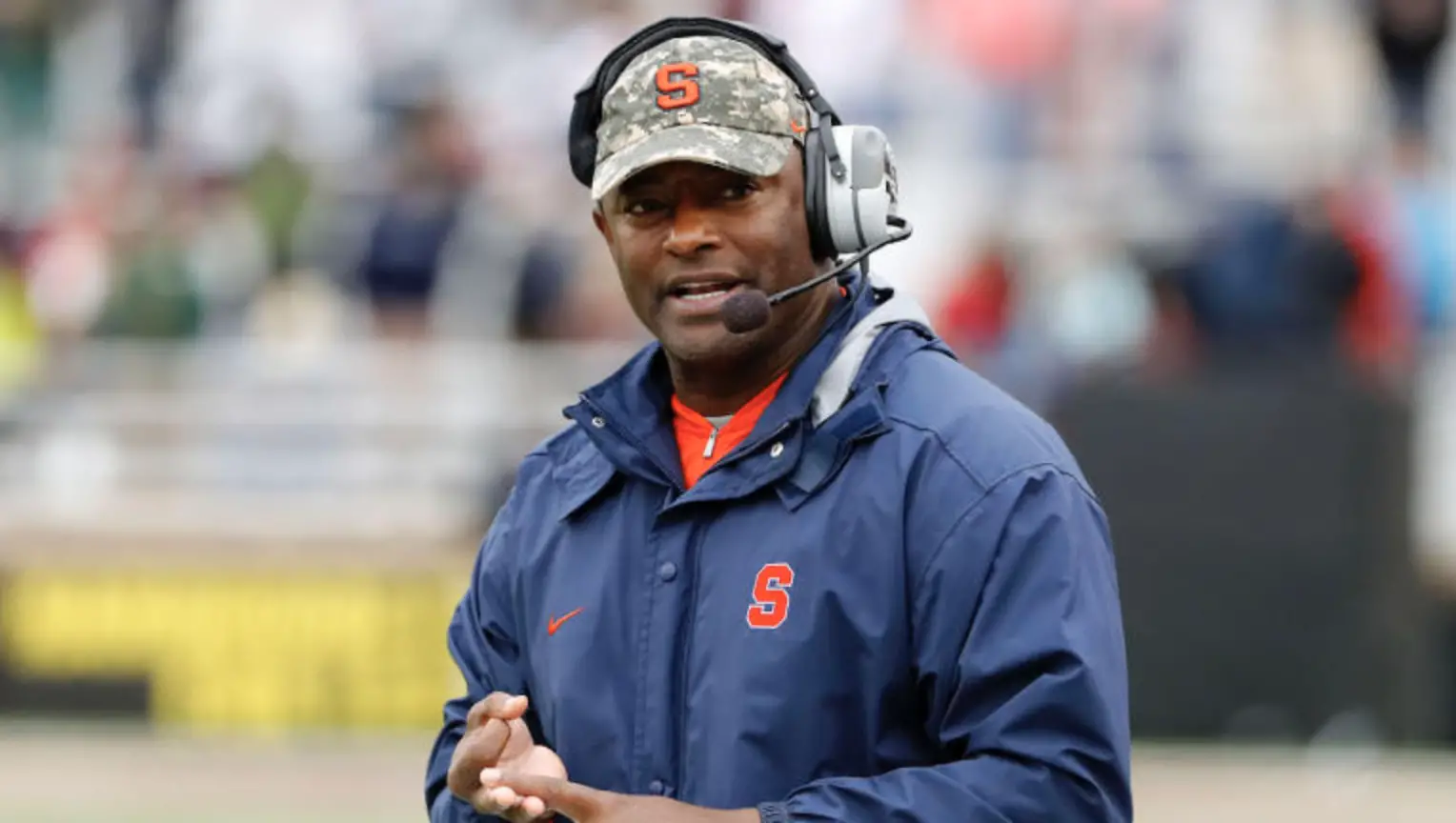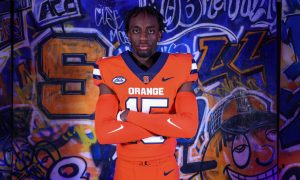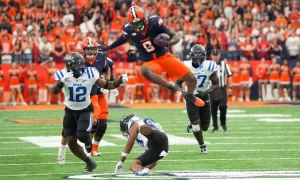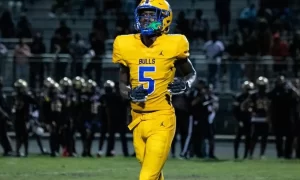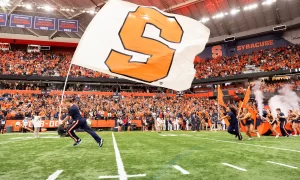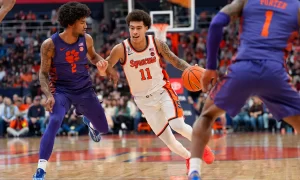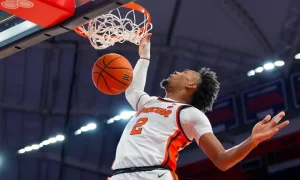The third year for a college football head coach is often a defining one. By year three, there is usually a sense of where a program is heading under its coach. Sometimes, the third year has been time for change. Not to say that will be the case with Dino Babers, but back-to-back 4-win seasons should make any coach’s seat feel a bit warm.
Babers is 8-16 through two seasons, but has made it clear that his expectations for this year’s team are high. It isn’t hard to see why when his quarterback is being talked about with high praise. Babers also has reason to believe that his defense will improve from last season, which will be crucial. However, with his sights set high, he goes into this year with plenty to prove.
Taking a look back at the last six coaches from Power Five conferences to last just three years at their respective schools, Babers doesn’t stack up particularly well. Here is a list of those coaches, ranked by winning percentage, with Babers—after two years on The Hill—included:
- Jim McElwain, Florida: 2015-2017: (22-12) — .647 Win %
- Mike Riley, Nebraska: 2015-2017: (19-19) — .500 Win %
- Charlie Strong, Texas: 2014-2016: (16-21) — .432 Win %
- Scott Shafer, Syracuse: 2013-2015: (14-23) — .378 Win %
- Dino Babers, Syracuse: 2016-2017: (8-16) — .333 Win %
- Tim Beckman, Illinois: 2012-2014: (12-25) — .324 Win %
- Gary Anderson, Oregon State: 2015-2017: (7-23) — .233 Win %
It’s safe to say that a bowl game appearance would go a long way towards silencing critics. Here is that same list again if Babers reels the Orange to six wins, and to give Dino the benefit of the doubt, snatches a bowl game victory:
- Jim McElwain, Florida: 2015-2017: (22-12) — .647 Win %
- Mike Riley, Nebraska: 2015-2017: (19-19) — .500 Win %
- Charlie Strong, Texas: 2014-2016: (16-21) — .432 Win %
- Dino Babers, Syracuse: 2016-2018: (15-22) — .405 Win %
- Scott Shafer, Syracuse: 2013-2015: (14-23) — .378 Win %
- Tim Beckman, Illinois: 2012-2014: (12-25) — .324 Win %
- Gary Anderson, Oregon State: 2015-2017: (7-23) — .233 Win %
Considering that hypothetical season would put him past predecessor Scott Shafer in wins (and tie him in bowl wins), that could be what Babers needs for a fourth-year return. A bowl game win may also serve as a sign of more to come, and in turn, a cooler seat for Babers.
All told, Babers’ job security, or lack of it, should be considered as he begins year three. Sure, winning percentage isn’t everything, but Syracuse simply cannot afford another 4-win season. Instead, a bowl game appearance, perhaps even a win, could be what brings Babers back to Syracuse for year four.


